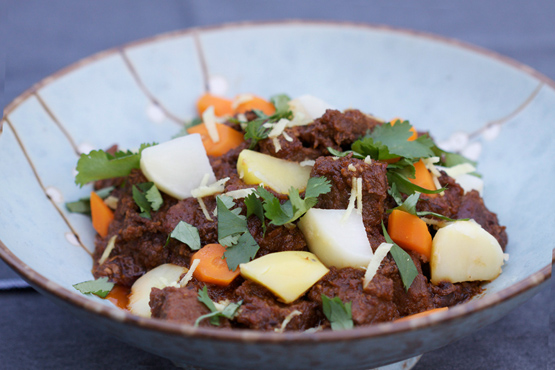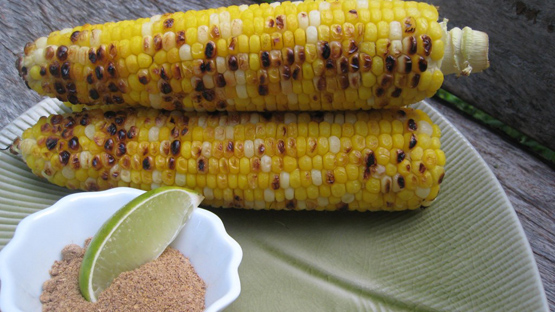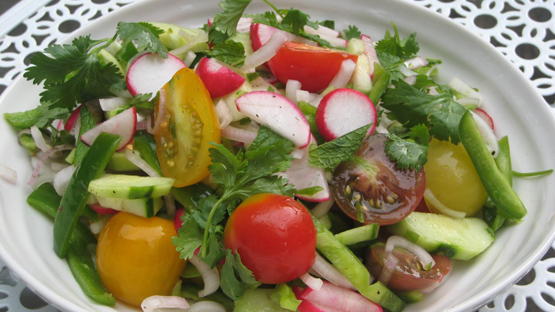I still recall vividly driving the winding roads away from the Himalayan village of McLeod Ganj, headquarters of the Dalai Lama and catching a glimpse of a familiar spring vegetable being sold along the roadside. Wanting to make sure I wasn’t suffering from altitude sickness, I asked my wife for reassurance that I had just seen a bunch of fiddleheads. Soon I was chatting with the vendor trying to explain in broken Hindi that we had the same seasonal delicacy in Canada.
This brief experience, seeing the familiar in a foreign context, provided both comfort and intrigue. It forced me to shift my thinking of what “local”, “seasonal”, and “regional” are. As I travelled around India I soon found myself searching for more local and regional Indian dishes. Whether I was in Amritsar to check out one of the oldest dhabas or visit the kitchen of the Golden Temple that feeds up to 100,000 people a day or cooking some of the tastiest food I have eaten in India at Philipkutty’s Farm I was, and continue to be, amazed by the vast variety of local ingredients and regional dishes that are found in India.
Four years ago, while touring tea plantations in Darjeeling I noticed a small comment in the food section of a newspaper that an Australian, Charmaine O’Brien, was researching a book on regional Indian food. I kept my eye out for it in the bookstores and online but did not come across it until my most recent visit to India, which coincidentally overlapped with the launch of her efforts titled The Penguin Food Guide to India.
I have read through the book once, and wrote a review posted on Zester Daily, and know that I will be diving in there a lot for years to come as there is such great information provided. At the end of the review is a delicious recipe for a regional Konkan dish called tambdi bhaji, or greens sautéed with fresh coconut introduced to me a few years while I was travelling with photographer Jason Taylor, who shot the above photo. It is a very versatile dish as it can easily be adapted for all sorts of greens, like beet, amaranth, spinach, swiss chard and even kale.







